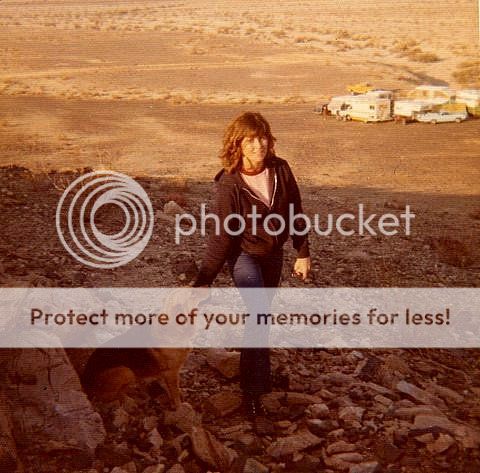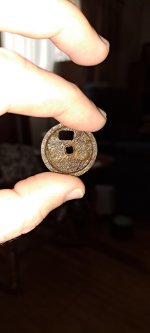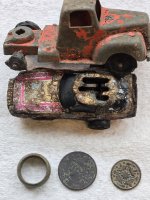motel6.5
Sr. Member
Kino was a rebel priest, he was from Germany, he was a astromomer, he carried a astrolob device with him which he used to plot new maps with. He did not give a hoot about any instructions from Spain. Under his tutaledge he had the Indians refine plenty of Gold into bars, large figurines,church relics,etc. Most of these items are buried underneath a river that he first had diverted for that
purpose. That river still flows strong today.
purpose. That river still flows strong today.


 We would go up the washes and try to find black sand deposits with detectors around the boulders and dry pan those out. This was around Thanksgiving. I can't imagine being out there in July or August!
We would go up the washes and try to find black sand deposits with detectors around the boulders and dry pan those out. This was around Thanksgiving. I can't imagine being out there in July or August!




